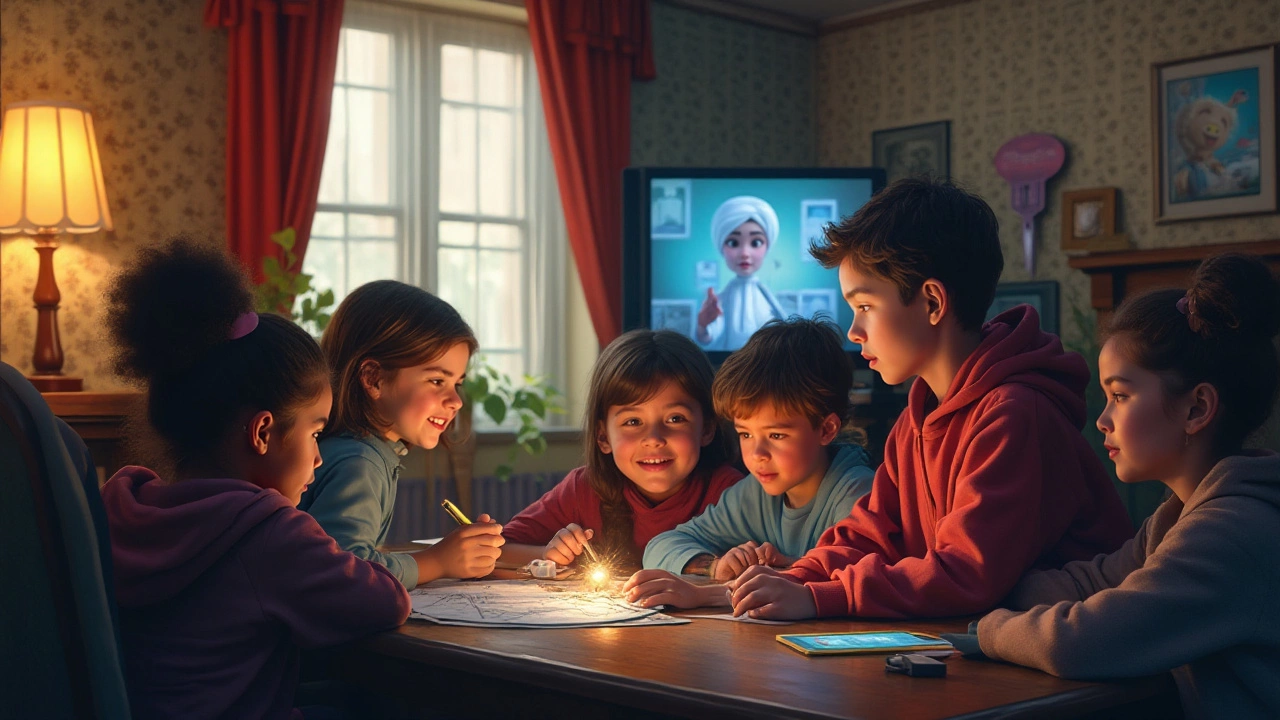Remote Learning: What It Is and Why It Matters
When you hear “remote learning,” you probably picture kids watching a screen or adults logging into a webinar. It’s more than that, though. Remote learning is any education that happens outside a physical classroom, using digital tools to connect teacher and learner. The goal is the same as in‑person teaching – kids learn, skills grow, curiosity sparks – but the setting is flexible. For families juggling work, travel, or health concerns, remote learning can keep education on track without the daily commute.
Key Differences Between Online and Distance Learning
Many people use “online learning” and “distance learning” as if they’re twins. In reality, there’s a subtle split. Online learning usually means the course lives entirely on a platform – think videos, quizzes, and live chats that happen in real time. Distance learning can include offline elements, like mailed worksheets or radio broadcasts, especially in regions with spotty internet. The biggest practical difference for parents is timing: online classes often require a set schedule, while distance programs may let kids work at their own pace. Knowing which style fits your child’s routine helps avoid frustration.
Practical Tips to Make Remote Learning Work
1. Set a dedicated learning space. A quiet corner with a desk, good lighting, and minimal distractions tells the brain it’s time to focus.
2. Keep a visible schedule. Write down class times, break periods, and homework slots on a wall calendar. Consistency builds habit.
3. Use a mix of media. Pair video lessons with hands‑on activities – a science experiment, a craft, or a short walk that ties back to the lesson.
4. Stay connected with the teacher. A quick email or message about a question keeps the line open and shows you’re engaged.
5. Celebrate small wins. A sticker, a short applause, or a “job well done” note keeps motivation high.
Remote learning isn’t a one‑size‑fits‑all solution, but with clear boundaries and a blend of tools, it can be just as effective as a brick‑and‑mortar classroom. The key is to treat the digital environment like a partner, not a replacement. When you plan ahead, keep communication open, and let kids move between screen time and real‑world tasks, the whole family benefits.
Looking for more ideas? Browse our latest posts on online vs distance learning, how to set up a home study routine, and the best virtual tools for early learners. Each article offers step‑by‑step advice you can start using today. Remote learning works best when it feels natural, not forced, so experiment, adjust, and enjoy the flexibility it brings to your child’s education journey.
Remote Learning vs Online Learning: What’s the Real Difference?
Not all distance learning is created equal. People often use 'remote learning' and 'online learning' like they mean the same thing, but they actually have some real differences. This article breaks down what sets them apart, how each works in practice, and why it matters for students, teachers, and parents. Get clear, no-nonsense tips to help you pick what suits you best. Dive in to make smarter choices for your learning journey.
Is Remote Learning the Future of Education?
Remote learning has changed the traditional classroom concept by bringing education to our homes. This article explores whether remote learning equates to not having school and the impact on student engagement and educational quality. It dives into how technology has revolutionized educational delivery and provides tips for thriving in this new educational paradigm. The concept raises questions about student socialization and long-term educational outcomes.
Why Distance Learning Provides Unmatched Flexibility and Benefits
Distance learning has transformed the way we think about education delivery, surpassing traditional classrooms by offering flexibility, personalized pacing, and access to a wide array of resources. Its rise in popularity demonstrates an evolving landscape where learners are empowered to craft their educational journeys more efficiently. Through online platforms, education is becoming more accessible, allowing individuals to balance their personal and professional lives without compromising on quality.


